Warning: What follows is entirely personal and non-scientific. This is a good thing.
On a bad day the nature in this city lifts my spirits and helps me relax from the stresses and bustle of every-day life. On a good day it fills me with outright joy—why would I want to live anywhere else?
I live and work in a global city. Here’s my justification for being here. I work on scaling up greening in cities across Europe. My global city—London—has been a leader in urban greening initiatives for many years. Both my work and my studies have given me the conceptual and methodological tools to examine nature in the city—so I know the theories and evidence that nature in the city is of value. Yet many research questions remain to be explored; how to measure and evaluate nature in the city, how to introduce or manage quality green space into the city in a way that enhances equity and promotes social cohesion, how to effectively manage storm water and the urban heat island, how can urban greening contribute to improved health and wellbeing? These themes fill my and colleagues’ working day (and many stressed nights) and have done for years. I have published in academic journals, written policy and practice guidance for local authorities, and worked directly with local authorities, residents and schools to deliver nature in the city.
But I have never written anything to celebrate what I personally get from nature in my city, and how it gets me through the day, until now. And so this is a heartfelt hymn to my city and its nature.
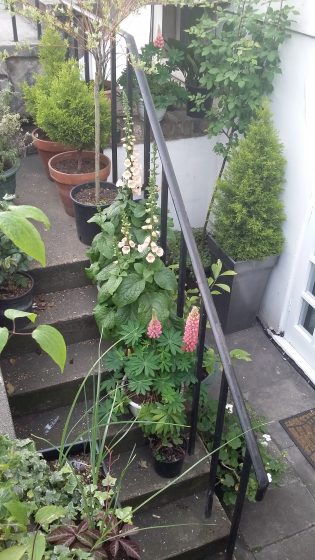
In my immediate neighbourhood of mainly late 19th century homes, two-storey houses or flats, the occasional purpose built (but low rise) block, I walk in the streets for half an hour at least three times every day. I encounter a mostly global community (from Africa, South Asia, South America, the Caribbean and Europe). We sometimes smile and say hello (the expectation on all sides is that we won’t share a first language), and some I now call my friends—when you walk regularly in your neighbourhood you often see the same faces… out walking to the shops, taking children to school, walking their dogs (like me). I find my city a friendly and generally unthreatening place.
And every day I and my neighbours experience nature. The trees lining streets, softening them and the buildings behind, providing shelter and shade, the wind rustling through the leaves, adding green to the grey. The small parks dotted around, often crammed with something for everyone—children’s play, green gym, table tennis, benches, trees, flowers, even the occasional pond. People’s front gardens—small areas of defensible space filled with bins, weeds, occasional mattresses, often paved over, but still many offering the passers-by living, growing green shrubs and flowers with vibrant splashes of colour. The allotments dotted around where people grow vegetables and flowers. I see birds, bees, butterflies, and this time of year spiders sitting in beautiful webs.
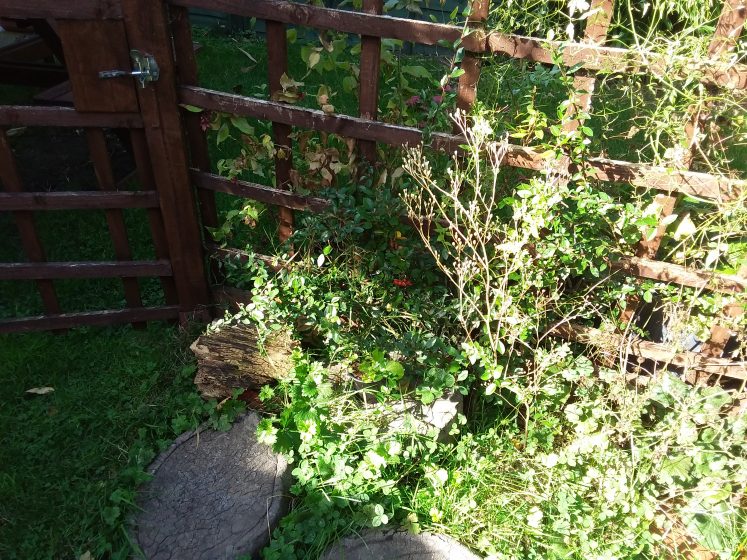
The honeysuckle growing outside the local school has the most amazing scent. I fully intend to take a cutting and try to grow it in my tiny garden, bringing that heavenly perfume to join my wild rose (currently offering up a bounty of rosehips), rotting wood piles (for the insects), olive tree (two olives this year) and a tangle of indeterminate messy green. My neighbours prefer a more manicured look and I think they long to come through our shared gate with forks and shears—but they tolerate our more natural state and we often share a barbecue and drink in one or other of our patches. All of these tiny dots of nature creating a connected ‘green’ necklace strung like the finest pearls through the neighbourhood.
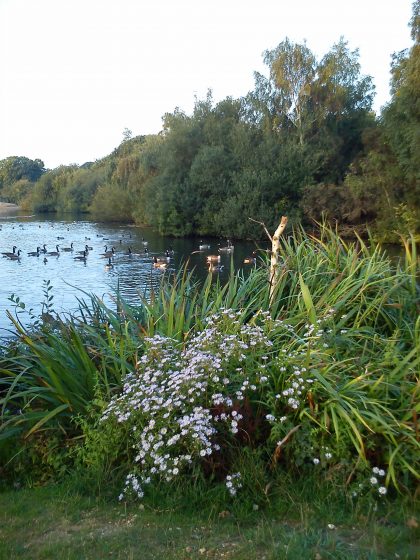
On a bad day the nature in this city lifts my spirits and helps me relax from the stresses and bustle of every-day life. On a good day it fills me with outright joy—why would I want to live anywhere else? When I venture further afield—yet still within my own borough of Waltham Forest—I walk in ancient woodland in Epping Forest, or across urban river grasslands of Walthamstow marshes. We now have another area to explore—the largest urban wetland nature reserve in the city has just opened to the public, in my borough. I can’t believe the extent of the natural wonders on my doorstep here in north east London. I burst with pride in my city and my neighbourhood and the accessibility of nature is a large part of that. And I think it would be wonderful if we become a National Park City.
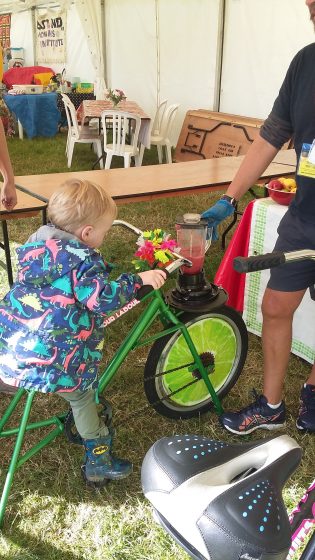
In preparation for writing this, I asked some of my friends and neighbours what their experiences are of nature in our city. We are a diverse group of ages and ethnicity, single and non-single parents, home owners and renters, immigrants and their descendants, not rich or poor, mostly working at least part time, only a couple of us were born in this city, although most of our children were. One neighbour immediately talked about the street trees and how everyone gets together in the park when the weather is good. Another neighbour takes his children biking in the parks and the family goes to all the free events in the nearby open spaces. A friend with two pre-school children says she spends their free days exploring parks and city farms locally. She and her husband considered moving out and getting a bigger house—but they value the city’s nature and culture too much so have decided to stay. She has got involved in a local group aiming to revive a local neglected open space—making it cleaner, safer and a destination for all rather than a spot for anti-social behaviour.
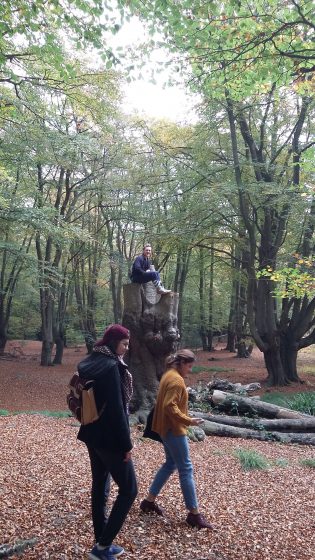
Talking to other friends—reminiscing about bringing up our children in the city—we remembered epic walks in the city’s natural environments encouraging our children in tree climbing, wild animal spotting (the odd rabbit, fox, woodpecker, kingfisher plus lots of squirrels and insects) and being out in all weathers. Some of us learnt skills like coppicing and hedging here in the city. My daughter (now a young adult) remembers the walks, the tree climbs, the freedom she and friends experienced in these precious green spaces. She has gone on to take gardening courses and hopes to set up her own nature-based business.
This is how our multiple layers of experiences of the city’s nature contribute to our lives, our memories, our shared knowledge of place. How many of these priceless, essential things that we value as city-dwellers are measurable? Seeing, smelling, hearing nature? If they are not measured will we lose them? What of the concept of intrinsic value? We as researchers, practitioners and policy makers engage often abstractly in these issues but how often do we consider immeasurable and invaluable aspects of nature and city dwellers’ situational relations with nature? Regardless of age, gender, race, we—me, my family, friends, neighbours—encounter nature in this city everyday and it is one of the key things that nurtures and helps many of us cope when times are tough. And so my daily experience of nature in my city helps get me through the day working on “nature in cities”! My personal challenge in this—encompassed by my (ironic) declaration at the start of the article that this is personal not scientific—is that the two levels do not always sit in harmony with each other. I would argue that the tensions between experiential and abstract, individual and systemic, natural and social continue to challenge us all.
Whilst I have resolutely withstood the temptation to add citations and references in this piece, I would like to share with you a previous article published in the nature of cities by Lindsay Campbell in 2015. Lindsay captures the spirit of this tension I describe very well in her article about her experiences with urban trees—and she does cite some very nice references to this. Lindsay raises important points about ‘situated science’ and the need for methodological tools to uncover complex, conditional, relational aspects of people and nature in everyday encounters.
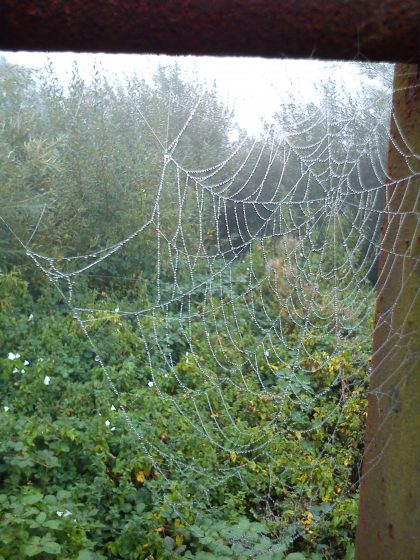
When another friend, a fellow academic, shared with me that the nature in this city is the only reason she and her family have been able to live here for so long, I felt shocked, challenged and inadequate as a social scientist that these visceral, heartfelt attachments to nature in the city are largely unvalued and unrecorded – or get lost in woolly concepts of the ‘liveable city’. It feels to me that there are underutilised methodological tools at our disposal and that exploring more ethnographic, anthropological and political ecology lenses to understand the value of nature in the city may be an important step change to achieving many of the ambitions we have for how our cities could be. Articulating my passion for nature in my city has challenged and revitalised me to don my ‘researcher’ hat and look again at the day job!
Paula Vandergert
London


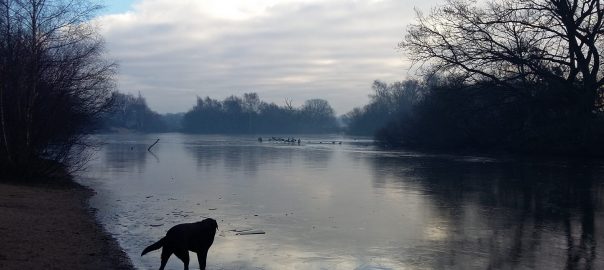

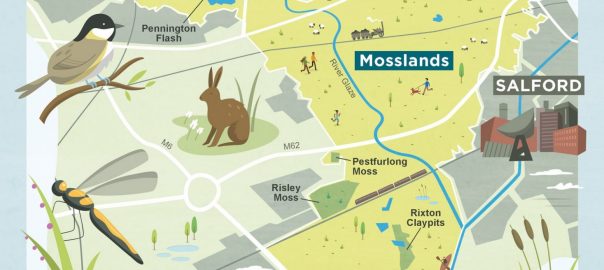
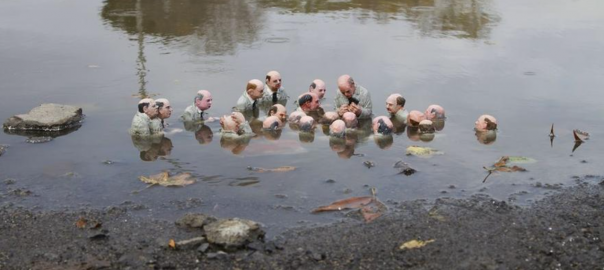
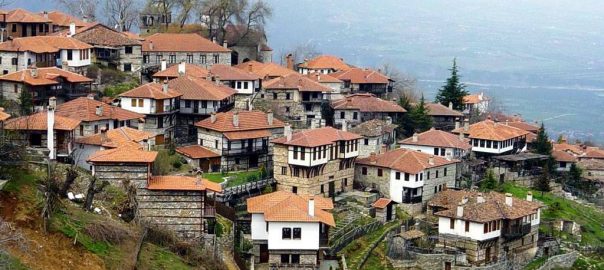
Leave a Reply